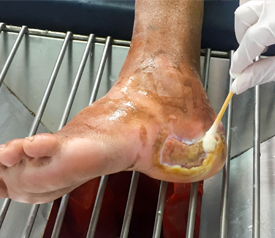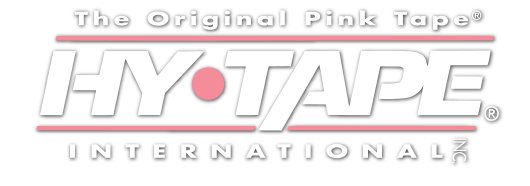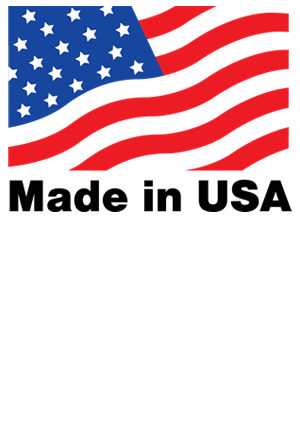
Getting the Right Amount of Wound Exudate
One of the challenges of wound management is cultivating a wound environment with just the right amount of exudate. In addition to providing moisture, exudate bathes wounds in nutrients, proteins, electrolytes, macrophages, neutrophils, and other substances. Indeed, the right amount of exudate is important for autolytic debridement and to promote healing. Unfortunately, striking the right balance between too much and too little wound exudate can be difficult. Too little wound exudate deprives the wound bed of a healing microenvironment. Too much exudate, on the other hand, can also interfere with wound healing. Excessive exudate degrades the extracellular matrix, dilutes the local environment of pro-healing factors, and can lead to skin maceration and break down around the wound. Thus, properly managing wound exudate is one of the most important goals of wound management.
Assessing wound exudate
The first step in assuring the right amount of wound exudate is to properly assess the wound. Remove the dressing and check the side that was facing the wound. The dressing should come off easily, and there should be a modest amount of exudate on the contact surface. The wound bed should appear moist throughout. It should have a sheen or glossy appearance in the light. Likewise, the wound border should appear healthy, well hydrated, and without lesions.
A wound may not contain enough exudate if the dressing is difficult to remove, sticks to the wound, or has no signs of absorbed/transferred exudate. If the wound bed appears dry or friable, it likely lacks sufficient exudate.
Conversely, if there is more than a thin layer of liquid in the wound base, the wound may be producing too much exudate. Dressing that become saturated and wound that requires frequent dressing changes indicate excessive exudate. Indeed, some wounds produce so much exudate that fluid visibly drains from the wound borders. Wounds that contain too much exudate will begin to affect the skin around the wound, causing maceration and denudation.
Creating the right amount of wound exudate
Choosing the correct wound dressing can have substantial effect on the amount of exudate a wound contains. Wounds that are too dry should be covered in an occlusive dressing that retains moisture, such as hydrogel, hydrocolloid, etc.1 If properly secured to the wound with a premium medical tape, these dressings can create an airtight barrier that helps retain moisture within wounds and promotes the desired level of wound exudate.
Wounds with excess exudate should be covered in a dressing that absorbs excess fluid such as alginate, carboxymethyl cellulose, or foam.1 If the wound is on an extremity and has suitable arterial blood flow, elevation and/or compression can decrease exudate formation. In some cases, frequent dressing changes may be able to keep up with the wound’s production of exudate.
Wounds that still produce excessive amounts of exudate despite these interventions may be contaminated with bacteria. Importantly, the simple presence of bacteria within the wound does not indicate infection—the wound bed will not be sterile. Thus, a positive wound culture is not necessarily evidence of a wound infection. Nonetheless, excessive bacterial growth within a wound is a rather common cause of local inflammation and excess exudate formation. Antimicrobial dressings may help to reduce the bacterial load within wounds. Heavy bacterial growth and overt wound infections may require wound cleansing and oral or intravenous antibiotics. Wounds with persistent, copious exudate may require negative pressure wound therapy (NPWT). NPWT draws excess fluid away from the wound under gentle, continuous vacuum.
The importance of medical tape in exudative wound management
The choice of medical tape is surprisingly important in exudative wound management. The medical tape used to cover wound dressings should be waterproof so that it holds fast even when exposed to wound exudate. Like the dressing, the tape must also be occlusive, so that it can sustain a moist, healing environment within wounds.
Hy-Tape is an excellent choice for taping exudative wounds. Hy-Tape is both occlusive and waterproof, which means it can perform under all exudative wound conditions. Hy-Tape’s occlusive properties work synergistically with moisture retaining occlusive dressings. Conversely, Hy-Tape continues to adhere under moist environments, whether from perspiration, transudate, or exudate. Hy-Tape becomes increasingly adherent until it reaches body temperature, when it reaches maximum adherence. Importantly, the Original Pink Tape® is skin friendly and releases cleanly and comfortably. This is especially important for highly exudative wounds that require frequent dressing changes.
Remember that it is normal and even healthy for wound to produce some exudate, but excessive exudate is not helpful and even harmful. Proper wound assessment, dressing choices and medical tape selection can help optimize the amount of exudate in a wound at any given time. Achieving the right amount of wound exudate promotes a moist, pro-healing wound environment, which leads to better patient outcomes.
Reference
1. Chadwick P, Edmonds M, McCardle J, Armstrong D. Best Practice Guidelines: Wound Management in Diabetic Foot Ulcers. Wounds International. 2013.

